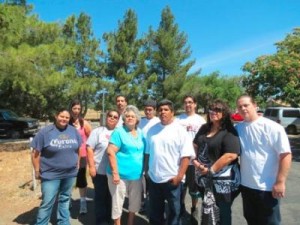By Mark Fogarty
Harvard University’s Ash Center for Democratic Governance and Innovation has singled out several Indian country initiatives in honoring 25 government-related programs.
The center has recognized the Alaska Native Science and Engineering Program (ANSEP) of Anchorage, the Yukon River Inter-Tribal Watershed Council, Fairbanks, Alaska and a Department of Housing and Urban Development program that is helping the Oglala Lakota tribe of South Dakota.
The Ash Center on May 1 named a total of 25 government programs as semi-finalists for awards which will be given later this year. Four finalists and the Innovation in American Government Award winner will be named in the fall.
Kate Hoagland, communications manager for the Ash Center, said the impetus for the program was “to shed a light on governments that are doing really good work.”
Does that include tribal governments? “Absolutely,” she said. Hoagland revealed that three tribal government programs have won the award since 1990.
They are Ho-Chunk Inc., the business arm of the Winnebago tribe of Nebraska, in 2001; the Oglala Sioux (Lakota) Tribe of South Dakota in 1999 for its Cangleska Domestic Violence program, and the Northwest Arctic Borough of Alaska, in 1990 for its program Inupiat Ilitqusiat: Traditional Values.
Projects are judged on five criteria, Hoagland said—creativity, effectiveness, tangible results, significance, and transferability (being a model that can be used by other jurisdictions).
The ANSEP program, based at the University of Alaska in Anchorage, provides inspiration and guidance to Alaska Native youth on a career path towards the fields of science, engineering, technology and mathematics. The Center said.
According to ANSEP’s website, the program has been working for 18 years to aid Alaska Native students from the sixth grade to postgraduate work, and numbers 1,200 students and alumni.
“ANSEP students at every level are successful at rates far exceeding national and state numbers,” ANSEP said, adding:
– ANSEP Middle School students complete algebra 1 before graduating from eighth grade at a rate of 83%. The national average is 26%.
– More than half of ANSEP high school students graduate engineering ready. 4% of minority students nationwide do so.
– More than 70% of all ANSEP students who begin BS STEM degrees graduate.
The Yukon River group includes 70 indigenous governments in the United States and Canada that are focused on creating drinkable water for their communities. According to the Ash Center, “they are navigating complex jurisdictional challenges, historical conflict, and diverse partnerships with government agencies, private industries, research institutions, and communities.”
The council itself pointed to a five part vision “dedicated to the protection and preservation of the Yukon River Watershed” from the headwaters to the mouth of the river. The five parts of the vision are understanding; education; stewardship; enforcement; and organization, according to the council.
According to the center, the Sustainable Communities Initiative is targeting 142 communities in an attempt to link jobs with transportation and housing. HUD is partnering with the Department of Transportation and the Environmental Protection Agency on this effort.
HUD’s Office of Native American Programs (ONAP) noted that one community that will benefit from this initiative is the Pine Ridge reservation of the Oglala Lakota in South Dakota.
It said the Oglala Lakota nation “is leveraging a Regional Planning Grant to catalyze an economic transformation of their community while holding true to their cultural values.”
The end goal is a 34 acre development designed to promote homeownership among tribal members. Also, the Thunder Valley CDC (community development corporation) on the reservation will enhance programs for healthy food, active living, mental health and spiritual health, ONAP said.
The Innovations in American Government awards were created in 1985 by the Ford Foundation, and have to date recognized more than 400 programs that have received more than $22 million in grants, Harvard said.
Read more at https://indiancountrytodaymedianetwork.com/2013/05/22/tribal-programs-cited-innovation-149460




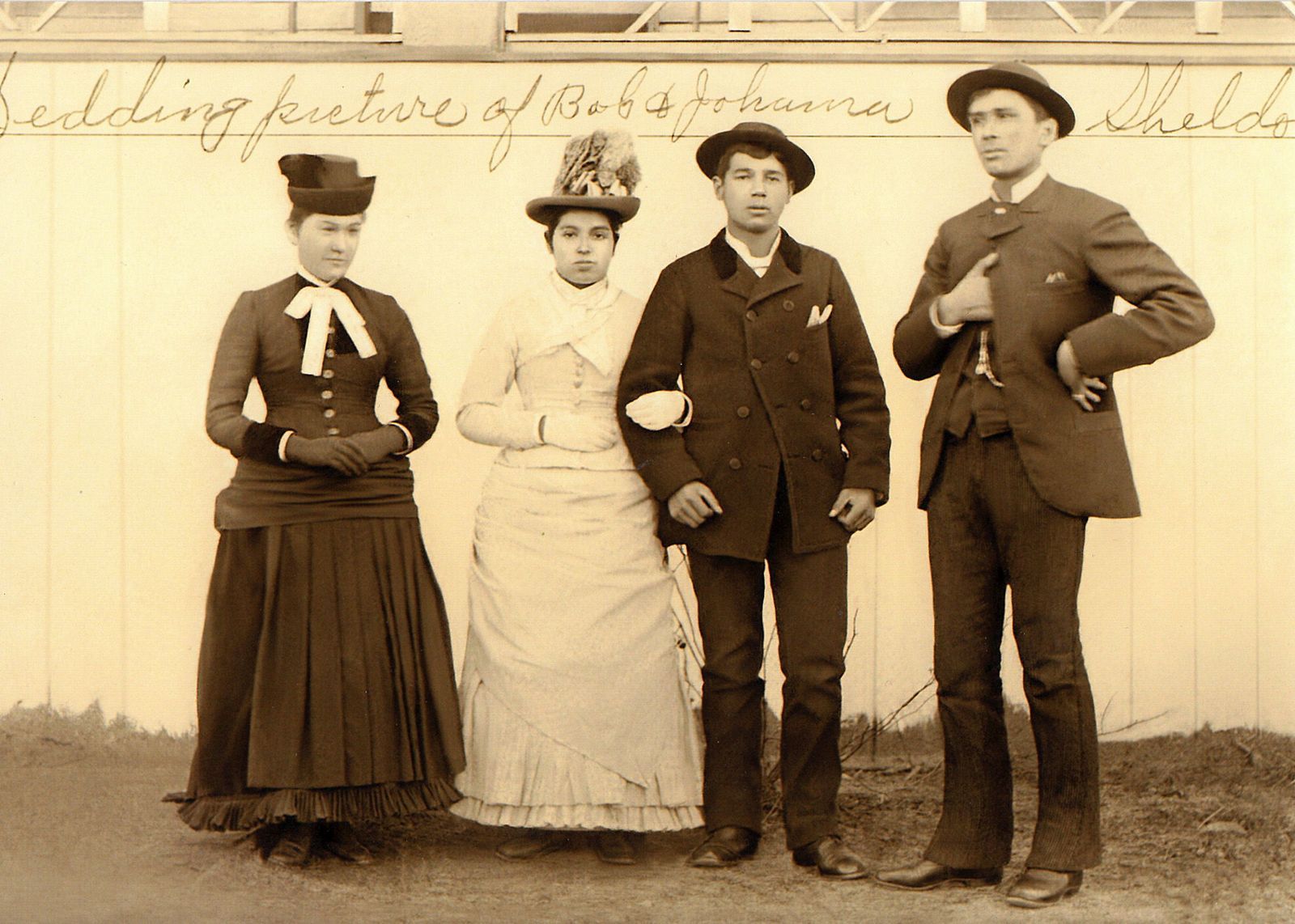
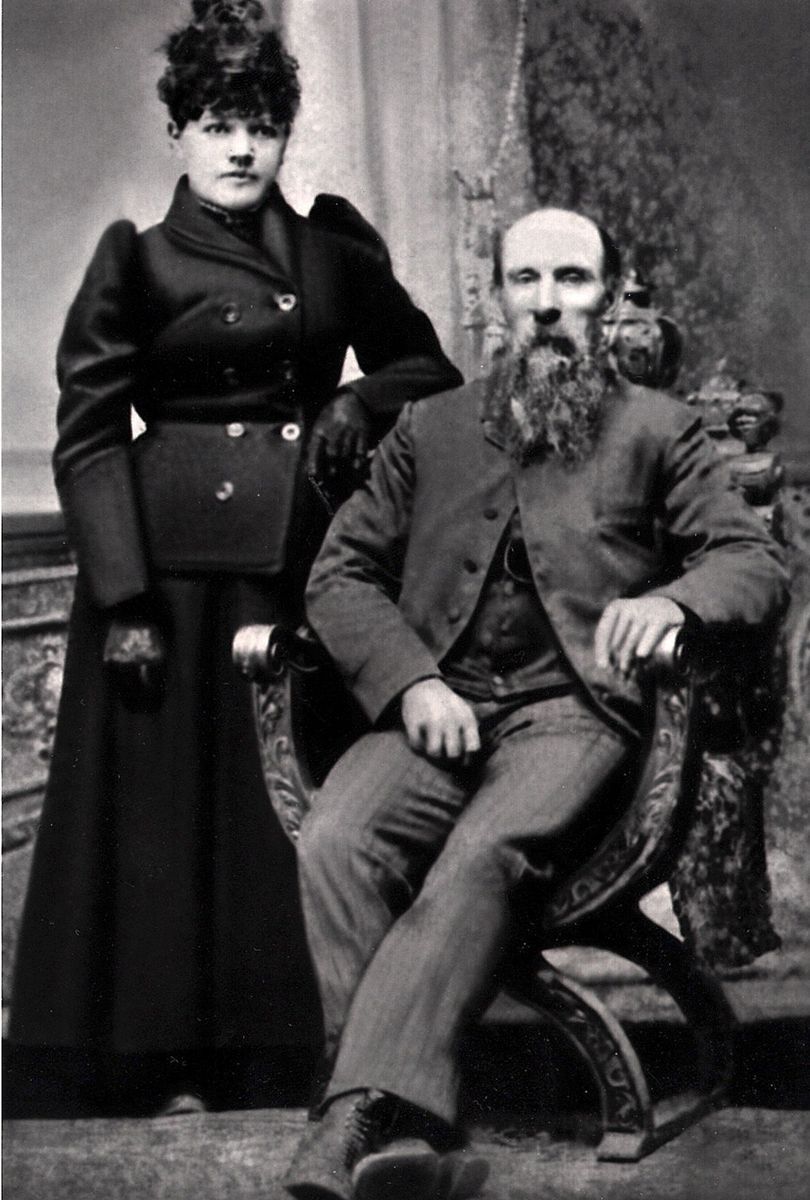
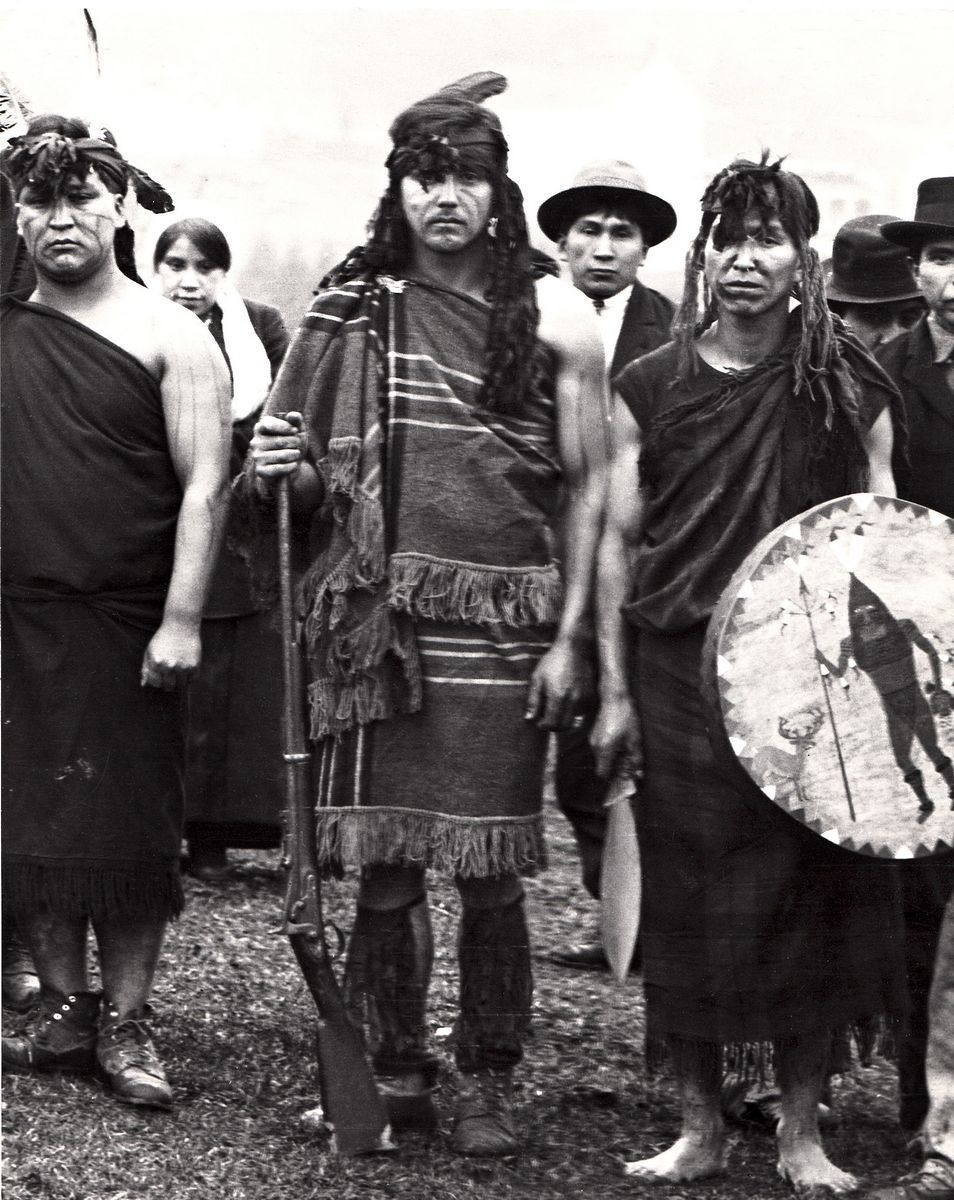
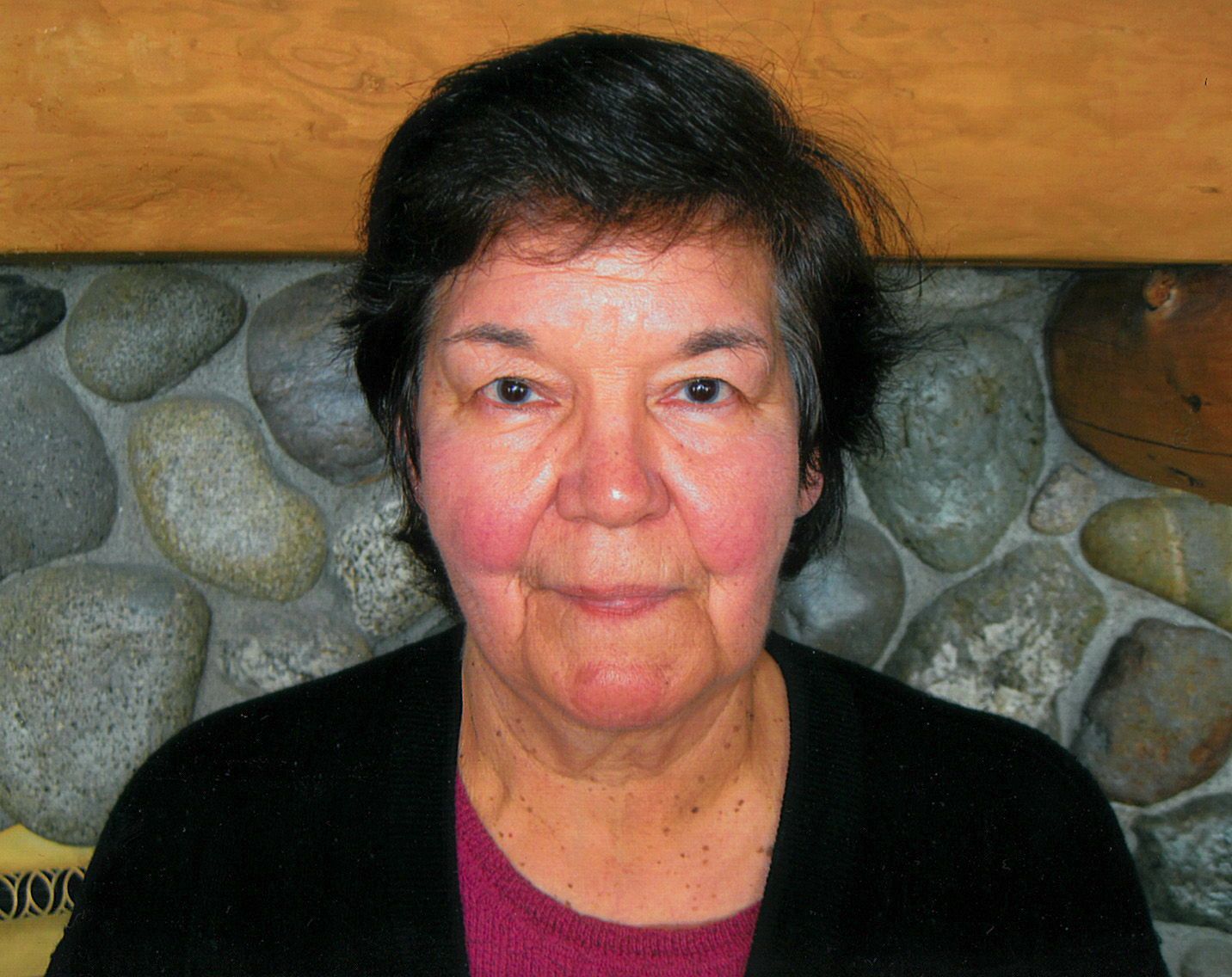
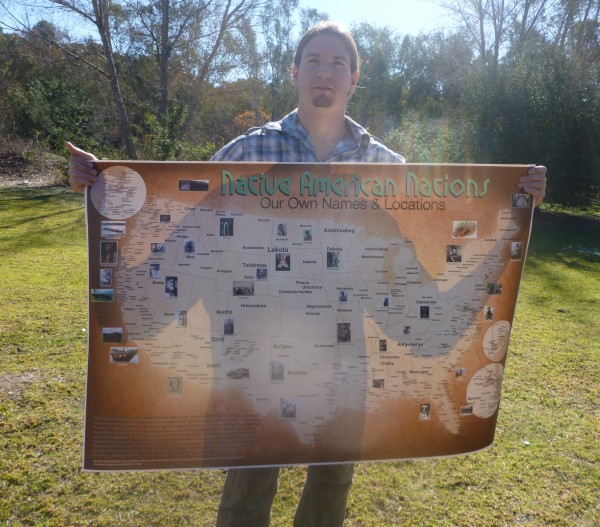



 Matthew Mooney, Jodi Gillette, and Dakota Lorenzo at Chimney Rock (by Harry Burell, Southwest Conservation Corps)
Matthew Mooney, Jodi Gillette, and Dakota Lorenzo at Chimney Rock (by Harry Burell, Southwest Conservation Corps)
 Aaron Lowden welcomes hikers and youth to Chimney Rock (by Harry Burell, Southwest Conservation Corps)
Aaron Lowden welcomes hikers and youth to Chimney Rock (by Harry Burell, Southwest Conservation Corps)



